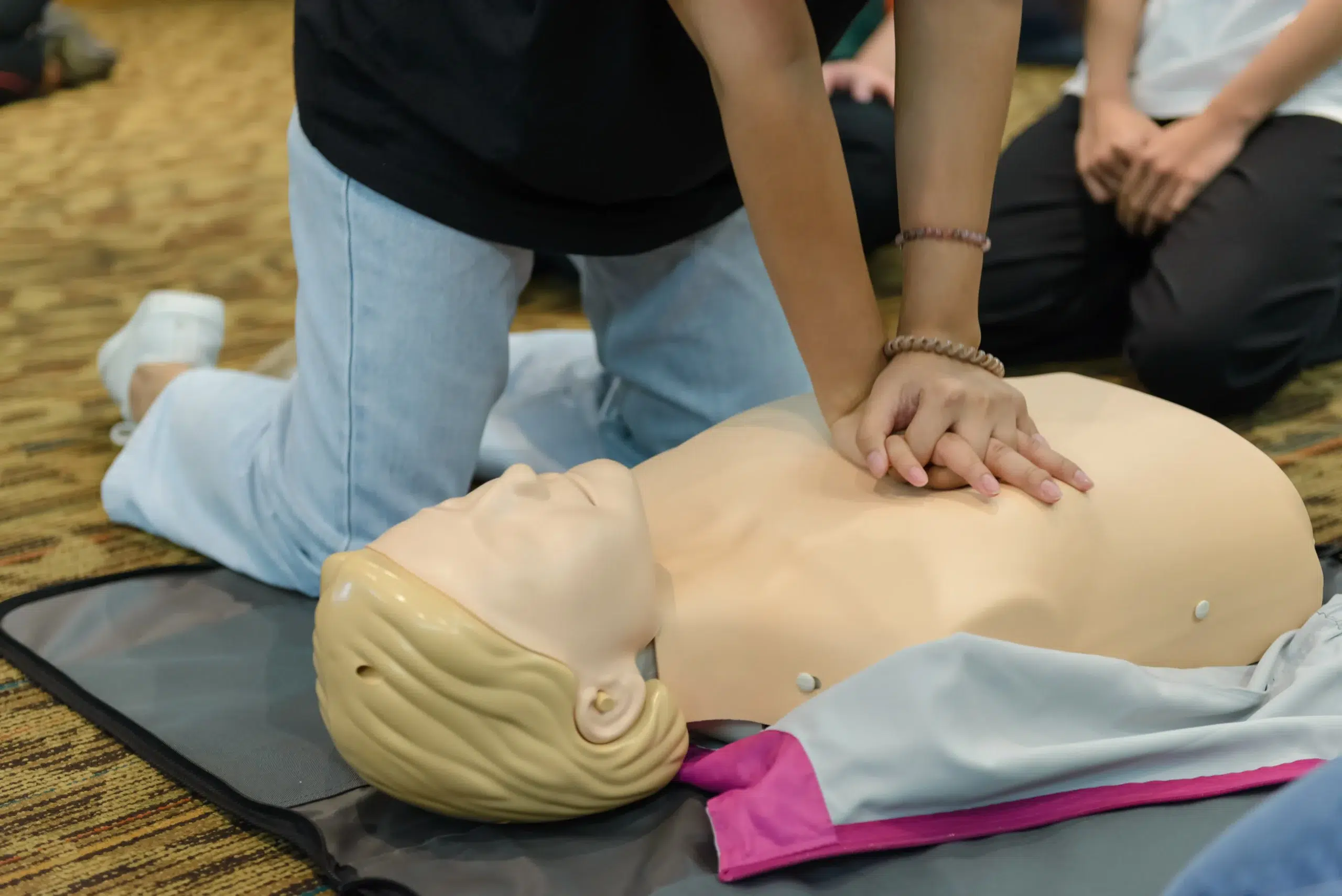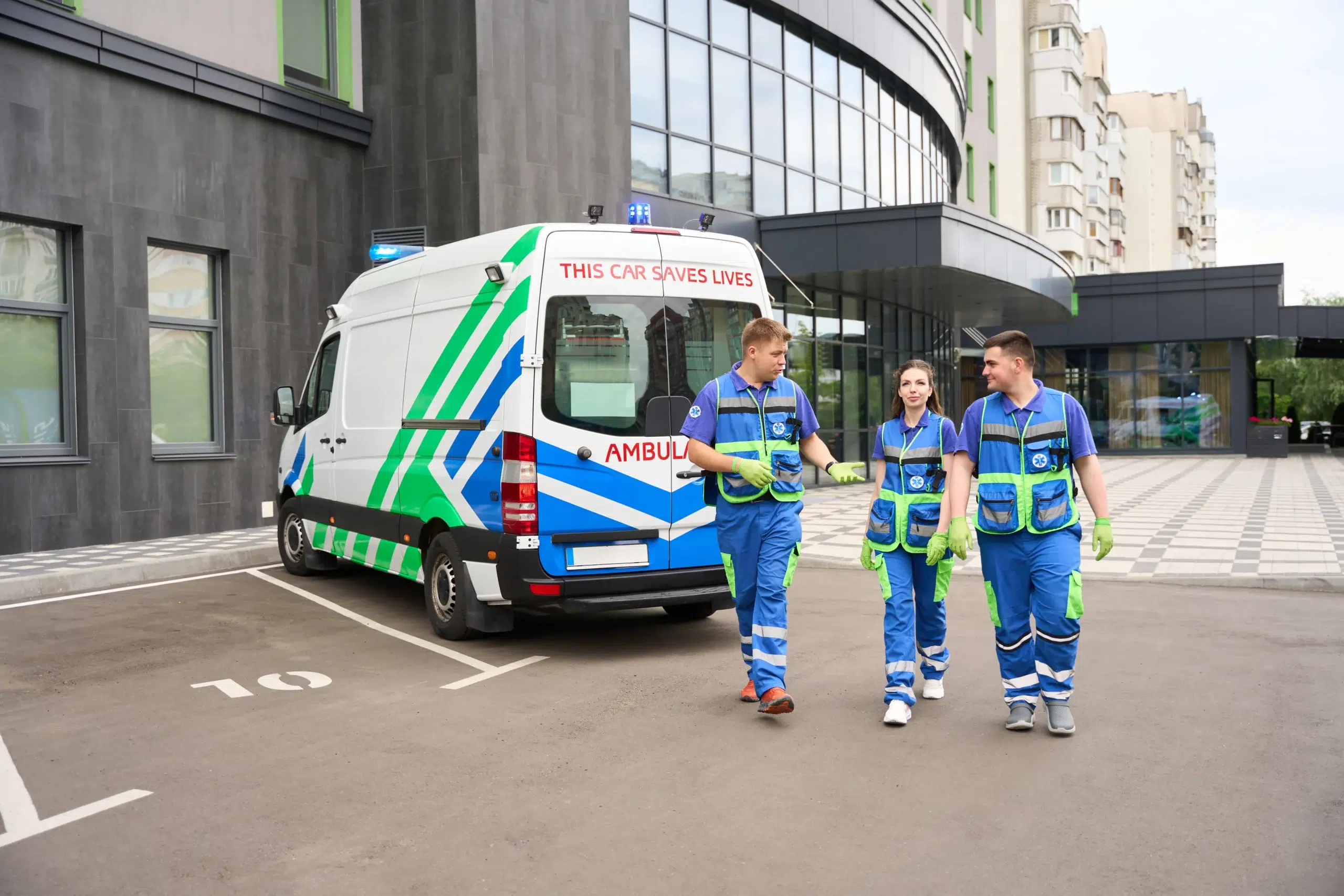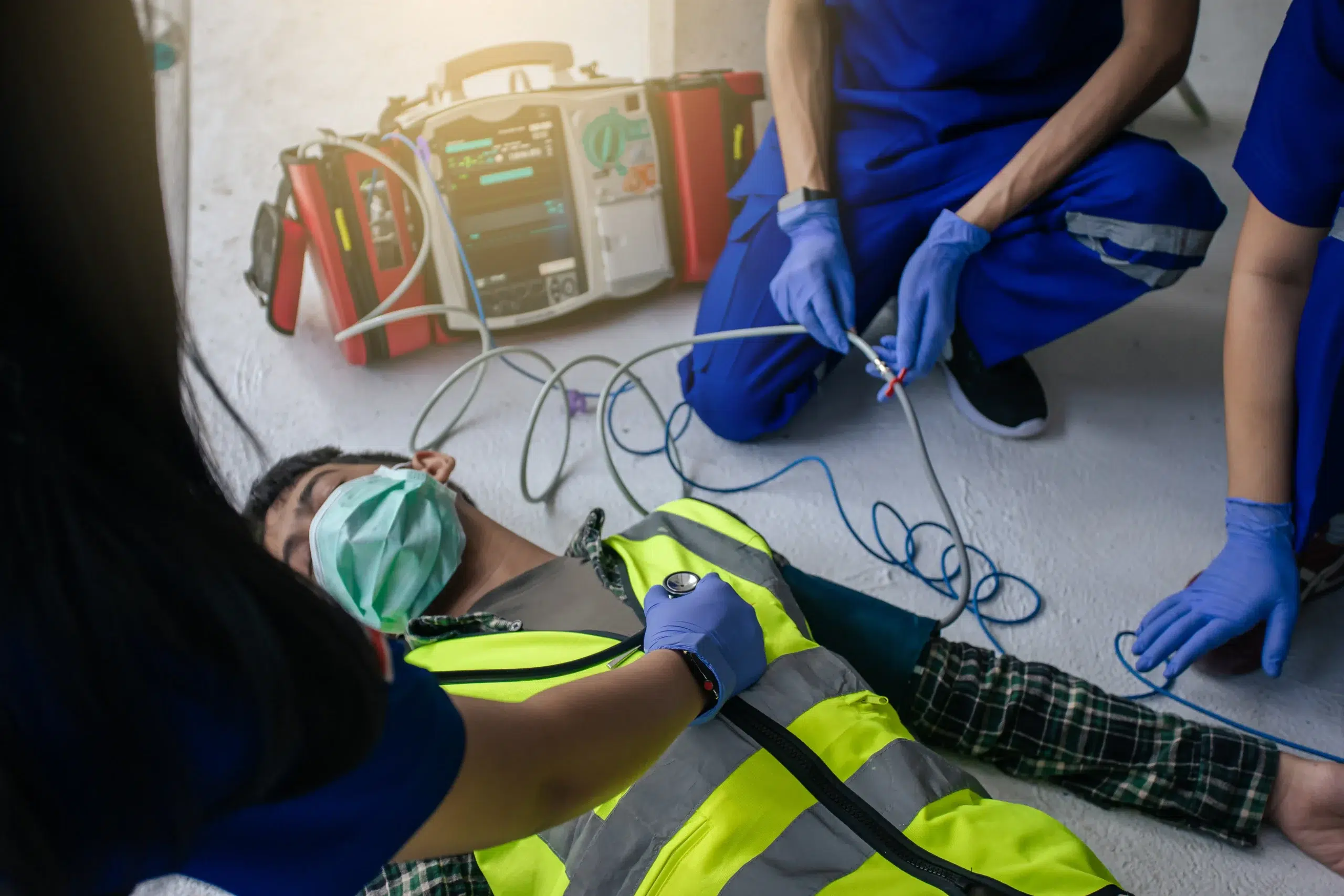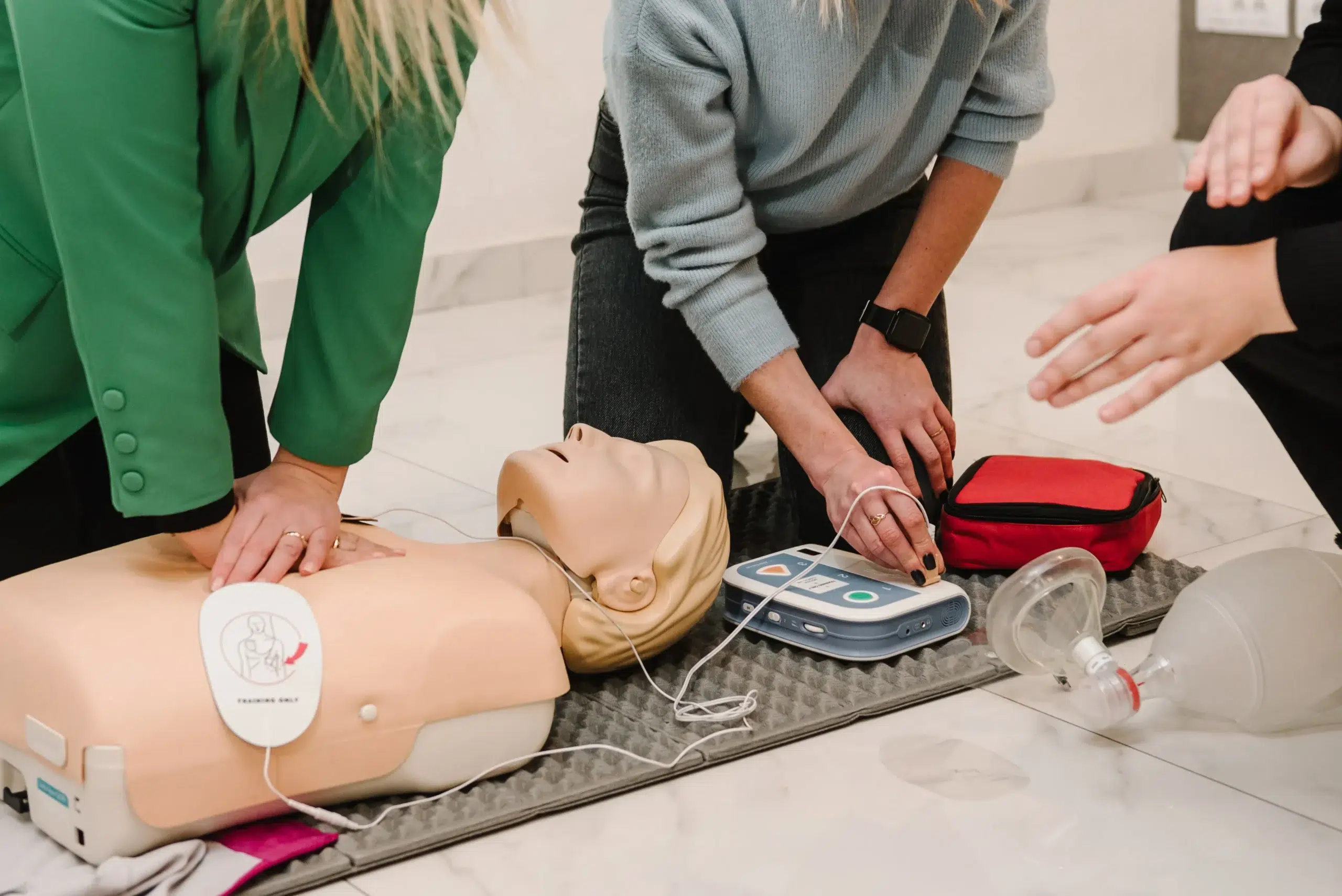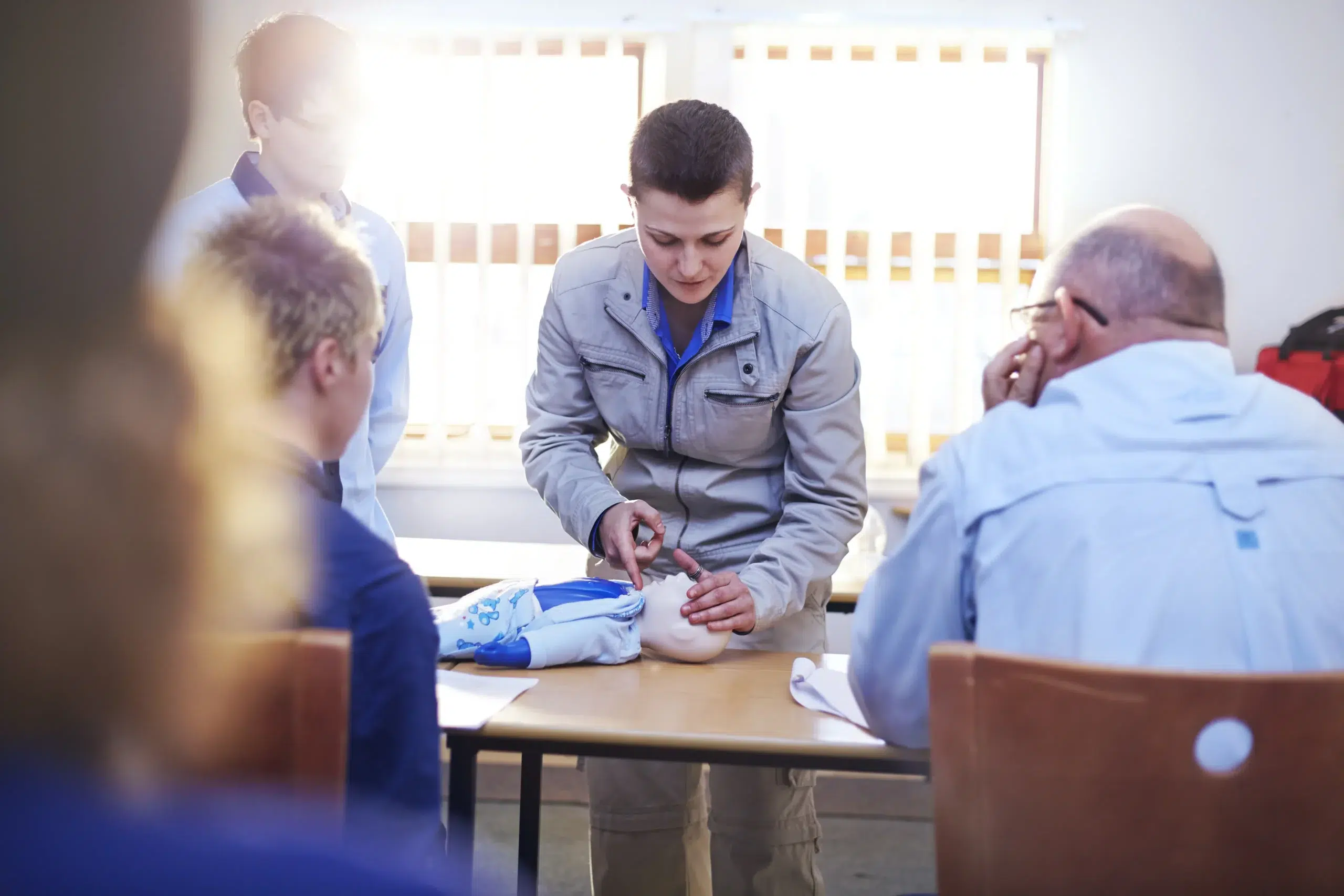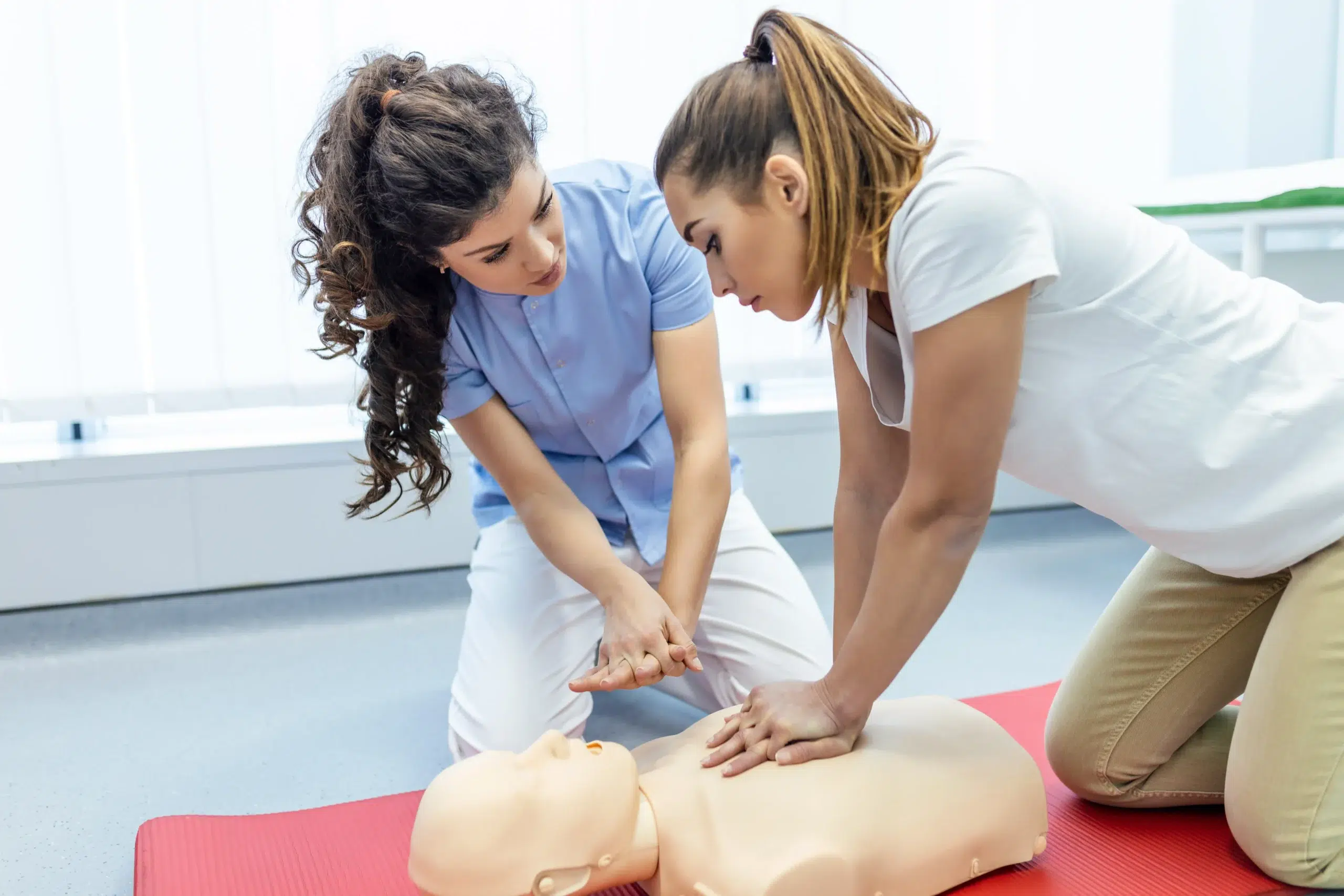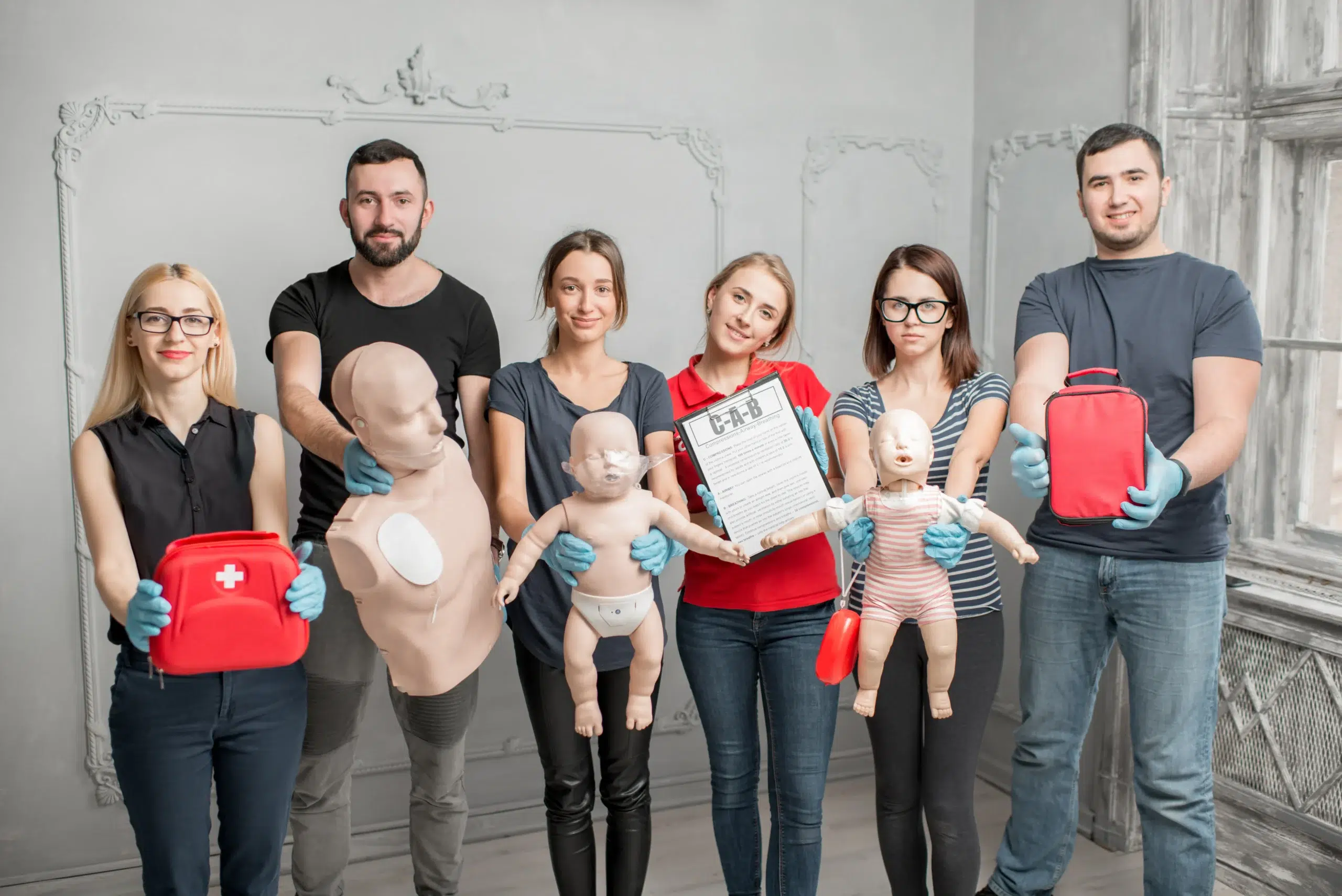In an emergency, seconds matter. Basic Life Support (BLS) training gives you the skills to provide immediate care during critical situations like heart attacks, strokes, and choking. It’s not just for medical professionals—anyone can benefit from learning these life-saving techniques. This comprehensive guide covers the essentials of BLS, from the core skills taught in BLS classes in Concord to the certification process and how to choose the right course for your needs. We’ll also discuss the importance of maintaining your skills and how BLS training can empower you to make a real difference in someone’s life.
Key Takeaways
- BLS is a life-saving skillset: From healthcare providers to everyday people, BLS training empowers you to respond effectively to emergencies like cardiac arrest, respiratory distress, and choking.
- Finding the right BLS course matters: Consider factors like AHA-aligned curriculum, course format (online, in-person, or blended), cost, and instructor experience to choose a course that meets your needs.
- Maintain and grow your BLS skills: Stay current with renewal courses, explore advanced certifications (ACLS, PALS), and practice regularly to build confidence and ensure you’re always prepared.
What is BLS?
Basic Life Support (BLS) is a crucial set of life-saving skills and protocols used in medical emergencies. It’s the foundation for responding to life-threatening situations like cardiac arrest, respiratory distress, and choking. BLS focuses on providing immediate care until more advanced medical help arrives.
What is BLS and who needs it?
BLS certification is a must-have for healthcare professionals, including doctors, nurses, and EMTs. It’s also essential for anyone working in healthcare settings, such as medical assistants, physical therapists, and dentists. Beyond the medical field, BLS certification is valuable for teachers, coaches, lifeguards, and anyone who wants to be prepared for an emergency. Even if it’s not required for your job, learning these skills can empower you to help family, friends, or even strangers in a crisis. For those in Pleasant Hill, Concord, and Walnut Creek, Pleasant Hill CPR Classes offers convenient and comprehensive BLS training.
Key BLS Skills
A BLS course covers core skills like high-quality CPR (cardiopulmonary resuscitation), using an AED (automated external defibrillator), and relieving choking. You’ll learn to quickly assess a patient’s condition, deliver effective chest compressions, and provide rescue breaths. The training also emphasizes teamwork and clear communication, plus the importance of following a systematic approach in emergencies.
How You’ll Use BLS Training
BLS training prepares you to respond effectively to emergencies. These skills can make a real difference when every second counts, whether you’re a healthcare provider or simply someone who wants to be prepared. Contact us at Pleasant Hill CPR Classes to learn more about our BLS training and how it can benefit you. We offer a low-price guarantee and convenient daily classes. We also specialize in RQI programs, offering an efficient certification process for medical professionals.
Find BLS Classes in Concord
If you’re searching for “BLS classes near me” in Concord, you have several solid options for high-quality training. Here’s a rundown of some providers and training formats to help you find the right fit:
Pleasant Hill CPR Classes
Pleasant Hill CPR Classes offers American Heart Association BLS Certification. They offer a range of courses, including BLS, ACLS, and PALS certification. This ensures you receive comprehensive training to handle emergencies. Conveniently located near Concord, they provide a local option for certification. Check their low price guarantee to see how they can meet your training needs.
CPR Training Center
The CPR Training Center provides AHA-certified CPR training and recertification throughout the Bay Area, including Concord and nearby cities. Their courses work well for busy professionals, offering flexibility without compromising quality instruction. This makes it easier to fit this important training into your schedule.
Safety Training Seminars
Safety Training Seminars offers AHA-certified courses in BLS, ACLS, PALS, CPR, and First Aid. Their streamlined approach makes learning these vital skills more manageable. This efficient training style helps you gain essential skills without a huge time commitment.
American Red Cross
The American Red Cross allows organizations to become Red Cross Training Partners for BLS. This gives you access to their resources, including research, program development, training materials, and online registration tools. This can be especially helpful for businesses wanting to train multiple employees.
Online vs. In-Person BLS
Think about the pros and cons of online versus in-person BLS training. Blended learning programs like HeartCode BLS combine online coursework with hands-on practice. This flexible format lets you learn at your own speed and then demonstrate your skills with an instructor. If you prefer a more traditional setting, in-person classes offer direct interaction with instructors and classmates. Consider which learning style works best for you. If you have any questions, contact Pleasant Hill CPR classes.
What Happens in a BLS Class?
Taking a BLS class is a rewarding experience. You’ll learn practical skills and gain the confidence to act in emergencies. Here’s what you can expect:
Course Format and Duration
BLS classes typically involve a combination of online learning and in-person skills practice. Some providers offer blended learning through programs like HeartCode BLS, which allows you to complete the cognitive portion online at your own pace. You’ll then attend an in-person skills session to practice and demonstrate your skills. This flexible format makes BLS training accessible for busy schedules. Traditional BLS courses are also available, offering a fully in-person learning experience. Most BLS courses can be completed in a single day, regardless of the format.
Topics and Hands-on Practice
In a BLS class, you’ll cover essential topics like high-quality CPR for adults, children, and infants; the AHA Chain of Survival; and effective ventilation techniques. You’ll also learn how to recognize and respond to life-threatening emergencies, including choking and cardiac arrest. Hands-on practice is a crucial part of BLS training. You’ll practice chest compressions, rescue breaths, and using an AED on manikins in a simulated environment. AHA-certified BLS courses adhere to the latest emergency cardiovascular care guidelines, ensuring you receive up-to-date training.
Certification Process
After successfully completing the course and demonstrating proficiency in the required skills, you’ll receive your BLS certification card. This nationally recognized certification is valid for two years. The process is straightforward, and your instructor will guide you through the steps.
Instructor Qualifications
BLS instructors are experienced healthcare professionals certified to teach the course. They undergo rigorous training to ensure they can effectively deliver the curriculum and provide constructive feedback. Look for classes taught by certified instructors affiliated with reputable organizations like the American Heart Association or the American Red Cross. Providers like Safety Training Seminars often offer personalized support and convenient skills sessions led by qualified instructors. Choosing a class with a qualified instructor ensures you receive high-quality training and feel confident in your abilities.
Choose the Right BLS Class
Finding the right BLS class means considering a few key factors to ensure the course fits your needs and learning style. Think about what’s most important to you—cost, schedule, or class size—and weigh your options.
Factors to Consider
First, confirm the training provider uses the most recent American Heart Association (AHA) guidelines. Pleasant Hill CPR Classes stays up-to-date with the latest AHA updates, ensuring you learn the most current life-saving techniques. Also, consider the course format. Do you prefer blended learning with online modules and in-person skills practice? Or a traditional classroom setting? Pleasant Hill CPR Classes offers various formats. Finally, check if the course offers continuing education credits if required for your profession. Contact us to learn more about our course options.
Cost and Value
While cost is a factor, focus on the value you receive. A slightly higher price might include perks like free refresher courses or online resources. Think about the long-term benefits of BLS certification. It’s an investment in your ability to respond confidently during emergencies. Check our Low Price Guarantee for competitive pricing. Whether for career advancement or personal growth, BLS training equips you with essential skills.
Class Size and Schedule
Consider your ideal learning environment. Smaller classes offer more personalized instruction, while larger classes can provide diverse perspectives. Pleasant Hill CPR Classes offers both group discounts and individual classes. Also, think about your schedule. We offer flexible scheduling to accommodate busy professionals. We also offer flexible options like our RQI program for healthcare providers who need an efficient certification process.
Get the Most Out of Your BLS Certification
Getting your BLS certification is a significant achievement. It means you’re prepared to help in medical emergencies. But your certification is more than just a credential—it’s a pathway to ongoing growth and a real opportunity to make a difference. Here’s how to maximize the value of your BLS training:
Use BLS in Emergencies
BLS skills are invaluable in emergencies. Your training prepares you to respond effectively to cardiac arrest and other life-threatening situations. These BLS classes equip you with the knowledge and confidence to assess a scene, perform CPR, use an AED, and provide initial care until professional help arrives. Knowing how to react quickly and efficiently can dramatically improve outcomes.
Maintain Your Certification
BLS certification is typically valid for two years. To stay current and maintain your credentials, plan to renew your certification before it expires. A refresher course will cover any updates to guidelines and reinforce your skills. Pleasant Hill CPR Classes offers renewal courses to help you stay up-to-date. Check our website for upcoming courses and ensure your skills are always sharp.
Continuing Education
The medical field is constantly evolving. Consider expanding your knowledge beyond BLS with additional certifications like ACLS, PALS, or other specialized courses relevant to your profession. Organizations like the Red Cross offer a range of advanced training options. Continuing your education demonstrates a commitment to providing the best possible care and opens doors to new opportunities.
Build Confidence in Your Skills
Regular practice is key to maintaining confidence in your BLS skills. Consider joining a local CPR group or volunteering in settings where your skills might be useful. The more you practice, the more confident and prepared you’ll feel in a real emergency. Pleasant Hill CPR Classes also offers refresher courses and practice sessions to help you maintain your proficiency. Contact us to learn more about how we can support your ongoing training.
Related Articles
- BLS Certification in Concord: Courses & Providers – Pleasant Hill CPR Classes
- BLS Courses Pleasant Hill: Your Certification Guide – Pleasant Hill CPR Classes
- BLS Training in Concord: Your Comprehensive Guide – Pleasant Hill CPR Classes
- BLS Renewal in Concord: Your Complete Guide – Pleasant Hill CPR Classes
- BLS for Healthcare Providers in Walnut Creek: A Complete Guide – Pleasant Hill CPR Classes
Frequently Asked Questions
Why is BLS certification important? BLS certification equips you with essential skills to respond effectively to medical emergencies like cardiac arrest, respiratory distress, and choking. Whether you’re a healthcare professional or not, having these skills allows you to provide immediate care that can significantly improve outcomes until advanced medical help arrives. It’s about being prepared and empowered to make a difference when every second counts.
What does a BLS class cover? BLS classes cover core life-saving techniques, including high-quality CPR for adults, children, and infants, using an AED, and relieving choking. You’ll learn to assess a patient’s condition, deliver effective chest compressions and rescue breaths, and follow a systematic approach in emergencies. The training also emphasizes teamwork and clear communication, vital aspects of effective emergency response.
How do I choose the right BLS class for me? Consider factors like the training provider’s adherence to the latest American Heart Association guidelines, the course format (blended learning or traditional), and whether continuing education credits are offered. Think about your learning style and preferences regarding class size and schedule. Don’t hesitate to contact various providers to discuss your needs and find the best fit.
How long is BLS certification valid, and how do I renew it? BLS certification is typically valid for two years. To maintain your credentials and stay up-to-date with the latest guidelines, take a refresher course before your certification expires. This ensures your skills remain sharp and you’re prepared to respond effectively in emergencies. Many training providers offer renewal courses, making it easy to maintain your certification.
What are the benefits of taking a BLS class beyond the certification itself? Besides the credential, a BLS class builds confidence, empowering you to act decisively in emergencies. It opens doors to further learning and specialized certifications like ACLS and PALS, enhancing your professional development. BLS training is an investment in your ability to make a real difference in life-threatening situations, providing both personal and professional rewards.
